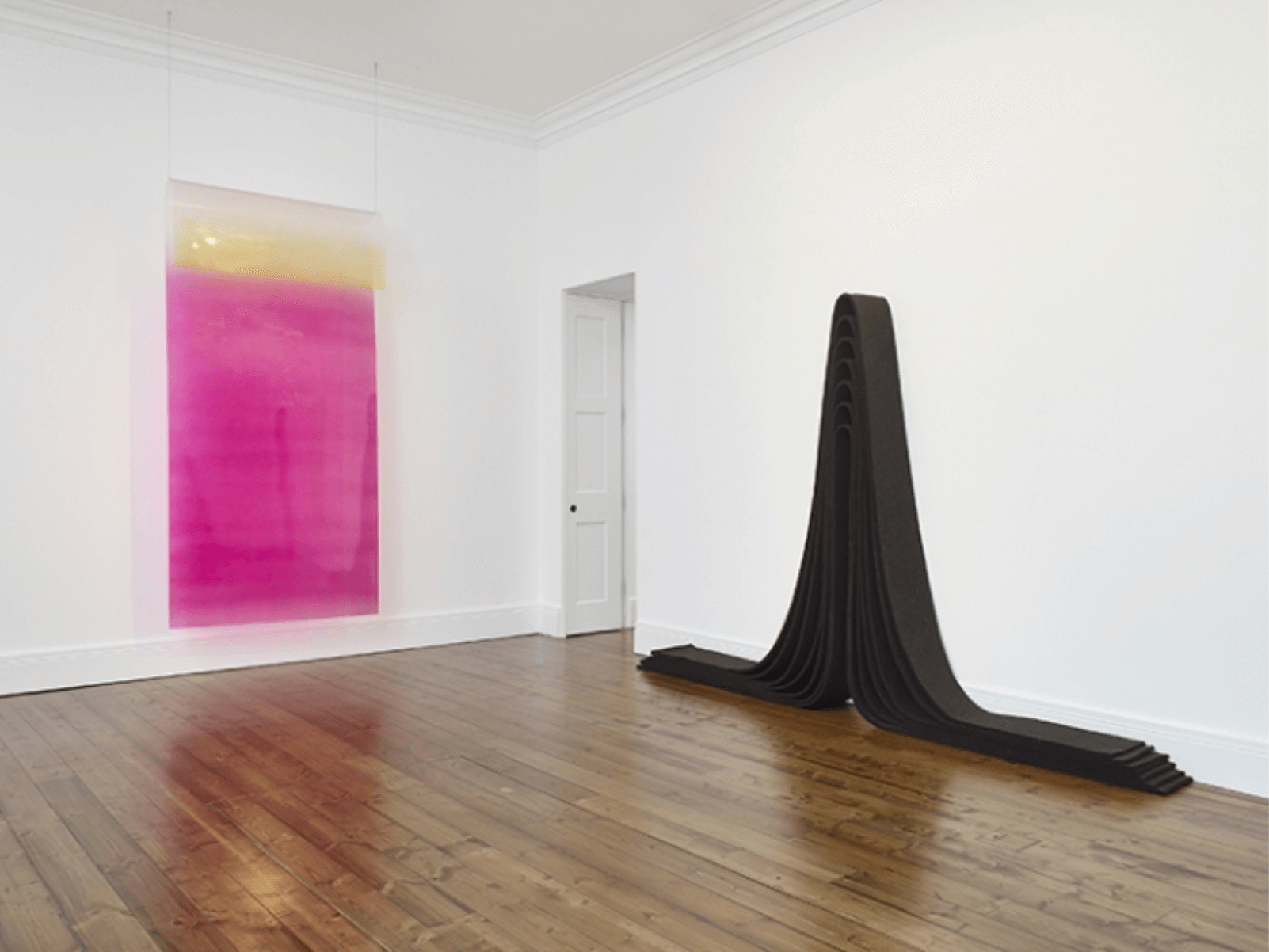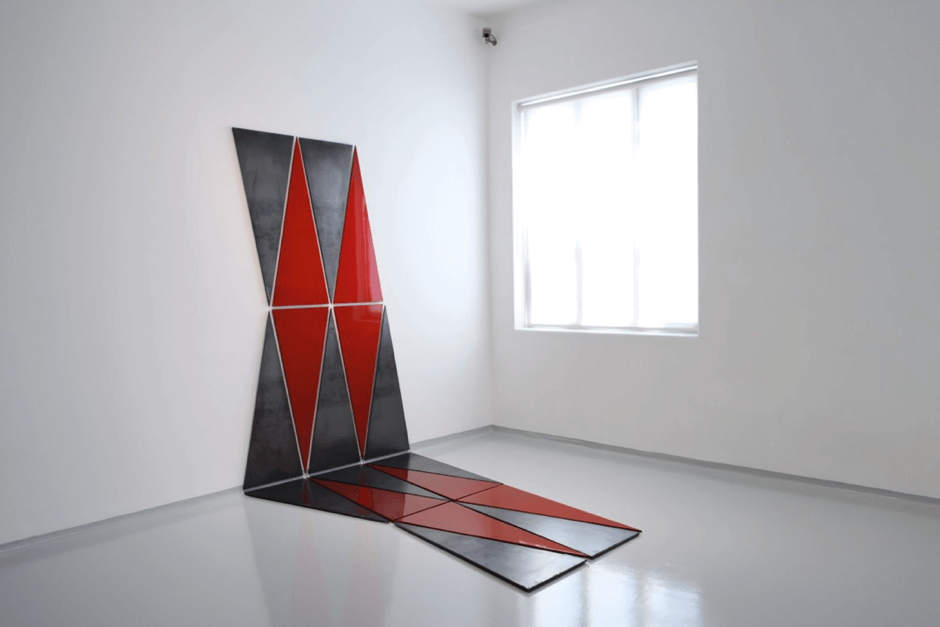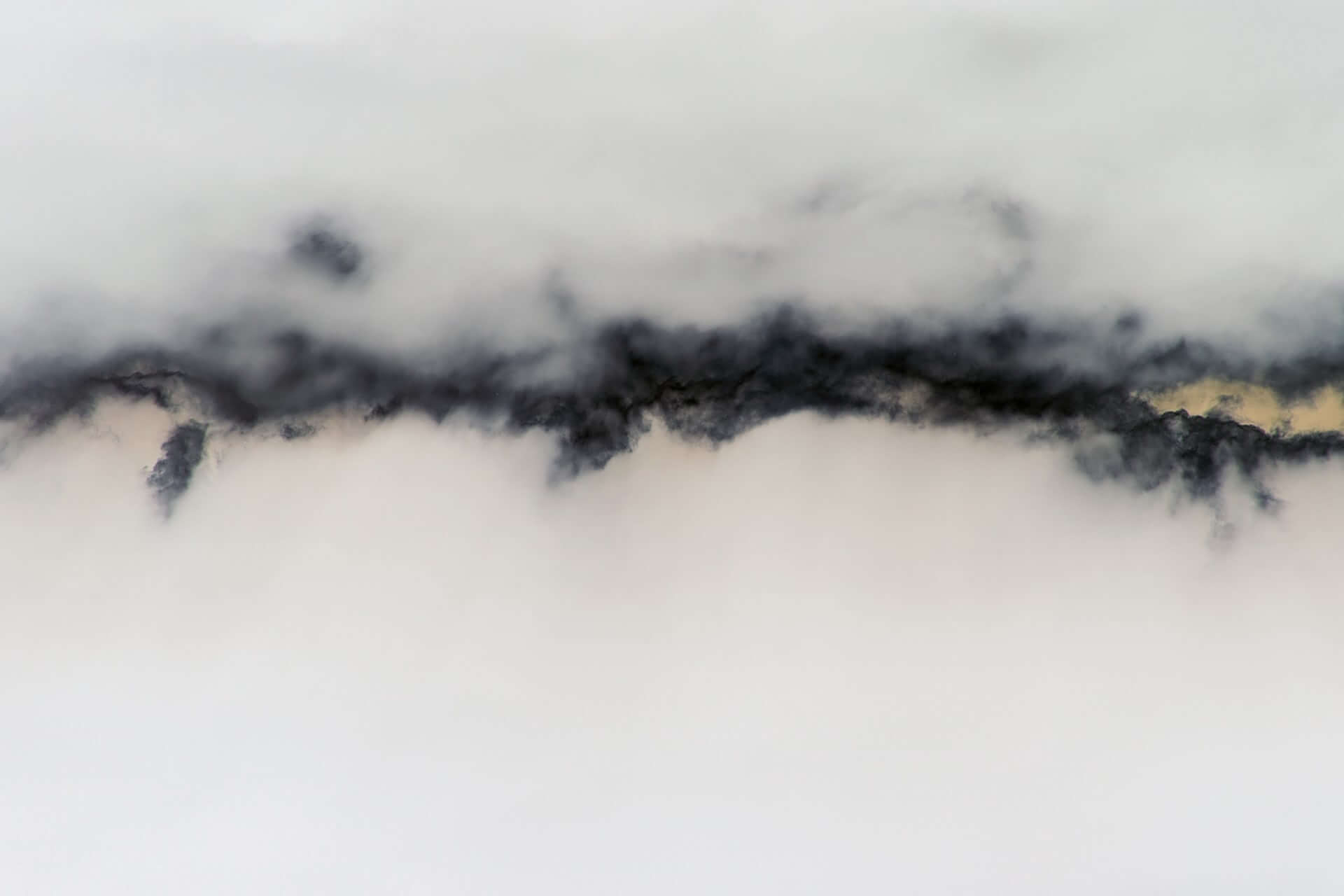Antonio Calderara: Painting Infinity at Lisson Gallery, London, until 17th February
“I would like to paint the void that contains completeness, silence and light. I would like to paint the infinite” Antonio Calderara (1903 – 1978, Abbiategrasso, Italy)
Featuring works from the late 1950s to the early 1970s, the exhibition highlights an important period in Calderara’s practice: his shift from figuration to abstraction. Self-taught and later mentored for a time by a young Lucio Fontana, Calderara’s earliest influences were of the figuration and light effects of Piero della Francesca, Seurat and the Milanese Novecento painters. After abandoning his university studies in engineering in 1925, Calderara dedicated himself fully to experimenting with colour and form.
Initially through portraiture, landscapes and still life, by the mid-1950s Calderara began to move away from figuration and to embrace a more geometric approach. He reduced both the scale and the compositional elements of his paintings through the use of simple forms and flat blocks of veiled and subtle colour. His pared-down vocabulary of lines and squares, refined colour palette and precise measurements position Calderara closely with other minimalist painters at the time, including Piet Mondrian and Josef Albers. Later in life, and with failing health, Calderara began to focus on watercolours, a medium that perfectly captured the subtleties of transparency, washed with an equal, uniform treatment. Calderara liberated colour from an object to become a pure phenomenon of light.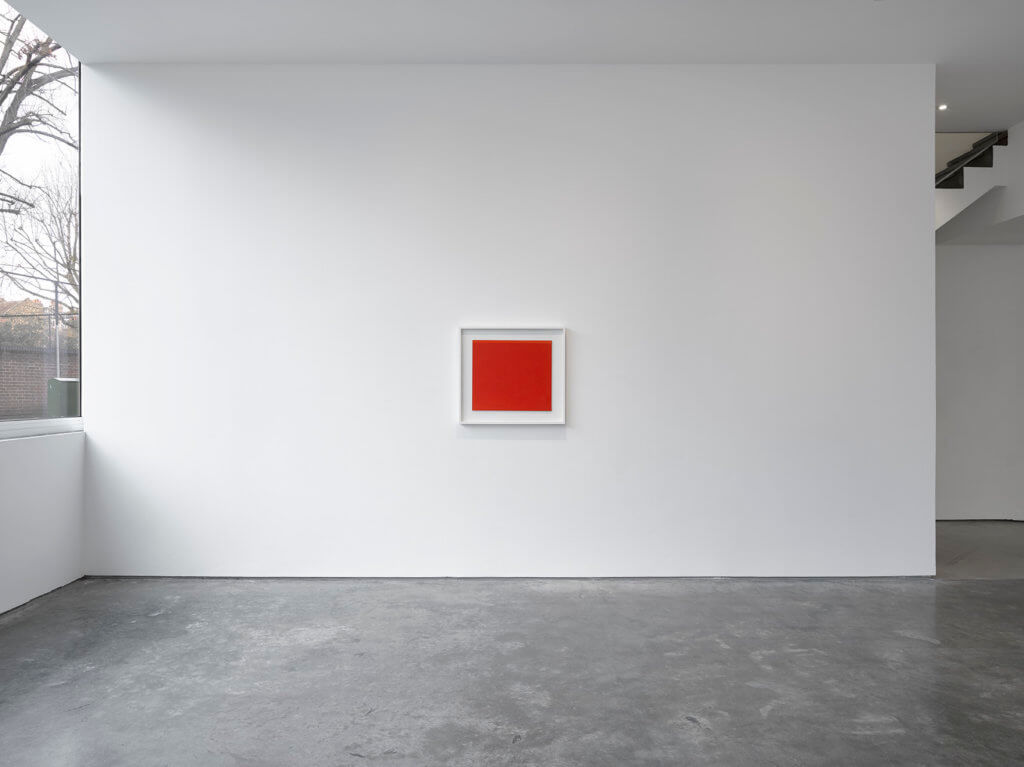
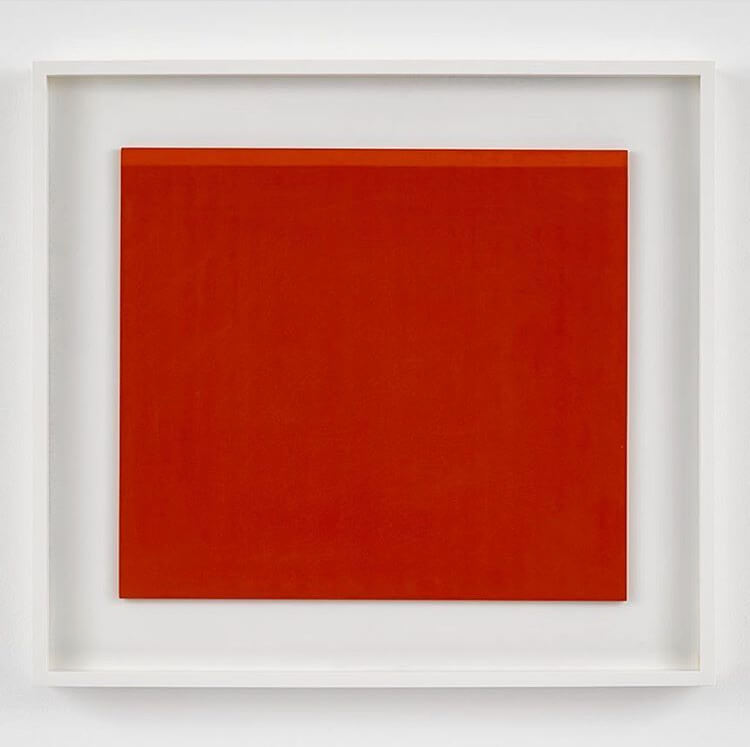
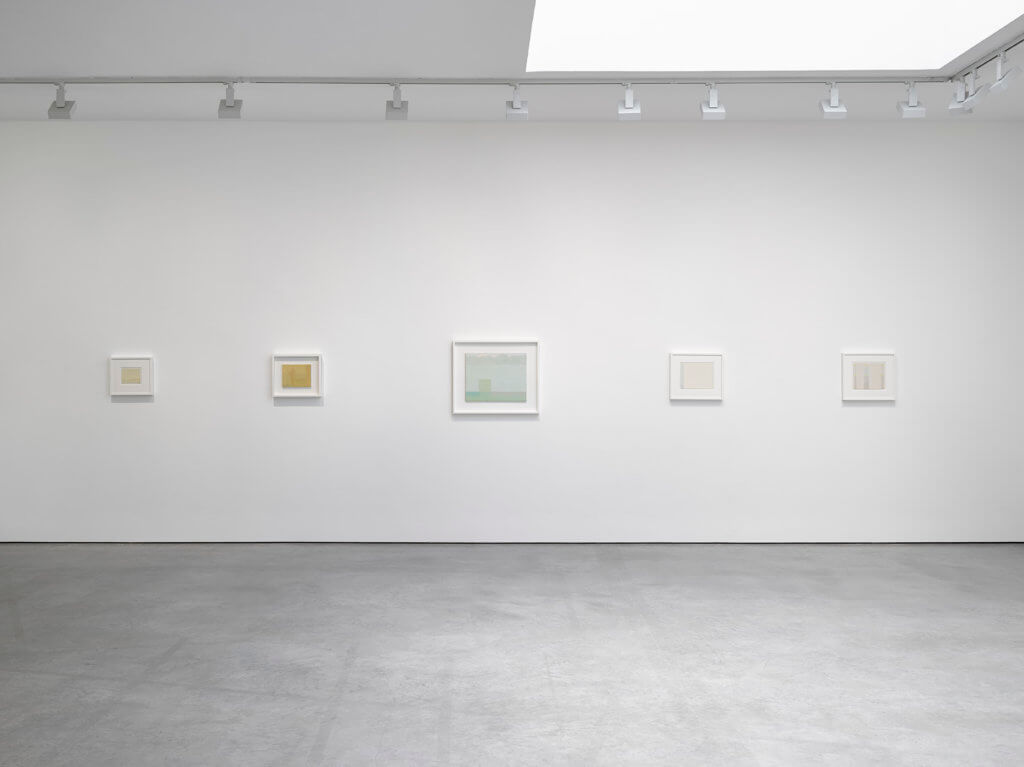
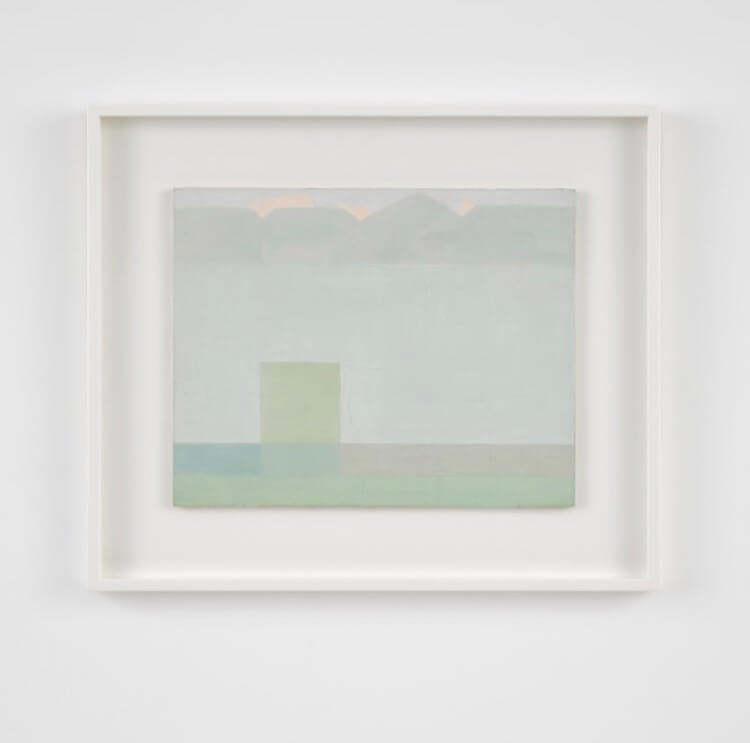
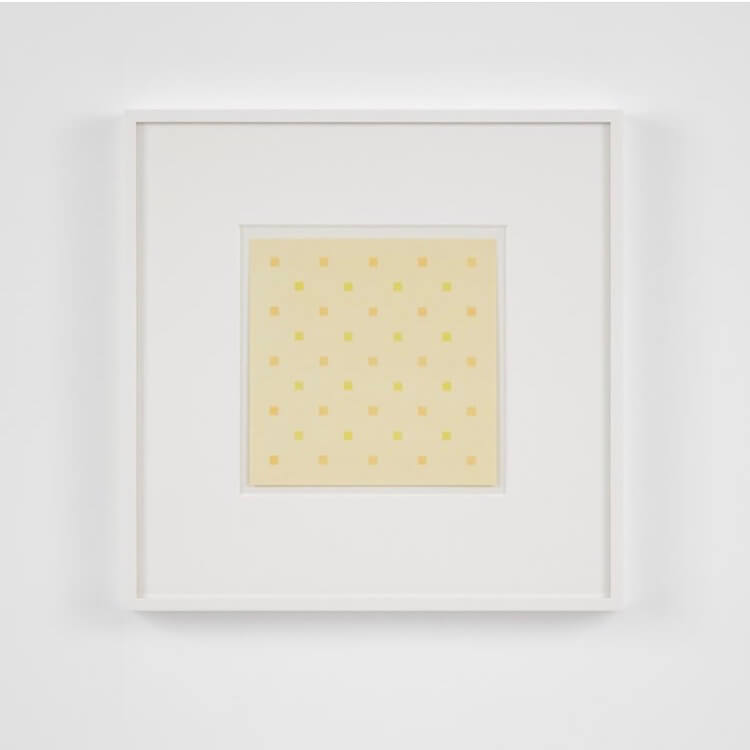
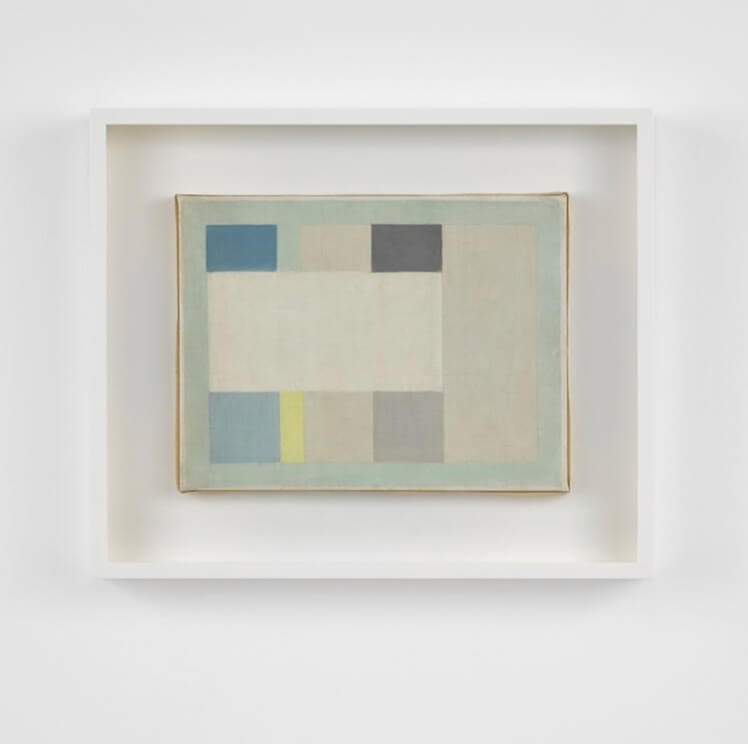
Love, John Stezaker at The Approach, February 14th – 25th March
Opening Night: February 14th 6 – 8pm
John Stezaker (b. 1949, Worcester, United Kingdom)
Presenting collages and found images concerned with themes of love, desire and betrayal that have been central to Stezaker’s practice over four decades. Love will include a selection of early Photoroman collages dating from the 1970s. Made from romantic picture stories printed in magazines of the time, these works show the emergence of concerns with human and body relationships within staged cinematic settings. Through repetition, fragmentation and superimposition, Stezaker disrupts the existing narratives by inventing disjointed, dreamlike scenarios; a preoccupation that has continued throughout his work up to the most recent collages in this exhibition. The recurring motif of a couple and a third person in the background —entering through a door, or as a lingering shadow— suggests moments of tension, secrecy or deception creeping into the romantic narratives. Collaged landscapes, minimal cut-outs and found photographs allude to underworlds and the unconscious and suggest complex and darker narratives, the idea of the gaze and the voyeur, violence and gender relations underlying stereotypical images.
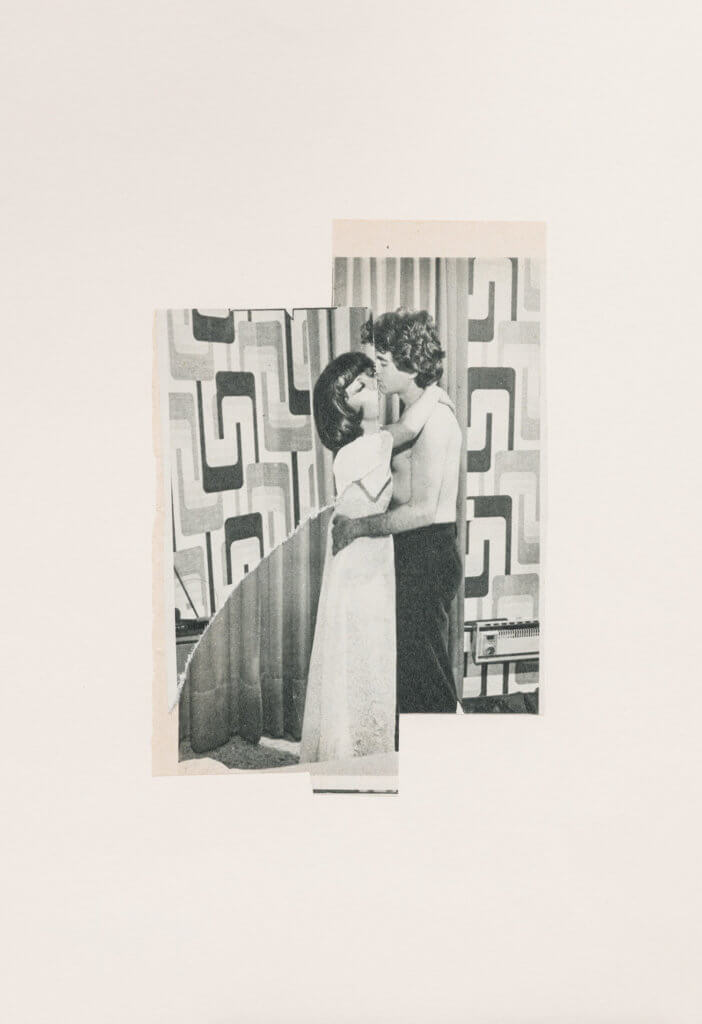
Crossroads: Kauffman, Judd and Morris
Donald Judd, Craig Kauffman Estate, Robert Morris at Sprüeth Magers, London, until 31st March
The show presents six works from Craig Kauffman’s fertile period of 1966—1971, when he addressed the issues of structure and form in painting, the use of industrial materials, painting’s relationship to the wall, and dematerialisation. His work is contextualised by the inclusion of the stack Untitled (Bernstein 80-4) (1980) and the floor sculpture Untitled, DSS 234 (1970) by Donald Judd and the two felt works Untitled (1968) and Fountain (1971) by Robert Morris.
Although primarily based in Los Angeles, Craig Kauffman had a long history of engagement with the New York scene. In 1967, Kauffman relocated to New York, where he began a friendship with Donald Judd and also reignited his friendship with Robert Morris, whom he had met in San Francisco ten years earlier. Two of the earliest works from 1966 demonstrate how Craig Kauffman addressed some of the issues which were important to Minimalist art and theory: seriality, industrial multiples, and anonymity. However, where the New Yorkers’ opted for material and formal austerity, Kauffman’s supple plastic works were coloured and full of curves.

Acrylic Lacquer on plastic 238,8 x 120 x 22,9 cm Image courtesy Sprueth Magers, London

Acrylic Lacquer on plastic 185,4 x 127 x 22,9 cm Image courtesy Sprueth Magers, London

